- In the Han Dynasty, Chinese cities have planned relatively complete underground drainage systems
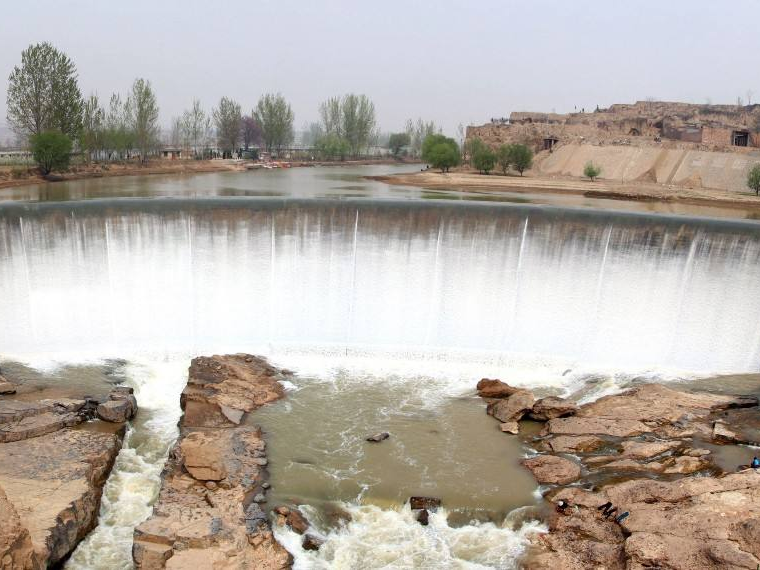
During the Han to the Northern and Southern Dynasties, wars were frequent, the population of the north moved south, and the political center moved south. The water resources in the south of the Yangtze River are abundant, the agriculture is rapidly developed, and the water conservancy projects in the south are gradually increasing. The Yellow River Basin is in a state of decline as a whole, and the water resources begin to develop to the southeast coast and the Pearl River basin. The Western Han and Eastern Han dynasties continued the pattern of the Great Unification for more than 400 years. This period became a period of great development of water conservancy construction, and water conservancy construction formed a climax.
In the early Western Han Dynasty, the Yellow River repeatedly broke down, causing severe floods. In the third year of Yuanguang (132 BC), the disaster was serious, and the Emperor Wu of Han sent people to block, and there was no success. After the rupture of the Yellow River scorpion, it caused serious damage to agricultural production every year. In the second year of Yuanfeng (109 BC), Emperor Wu of the Han Dynasty sent troops to tens of thousands of troops to block the scorpion, and went to the Yellow River to test the blockage and succeed. Emperor Wu of the Han Dynasty made a "Song of the Scorpion" to commemorate.
The Longshou Canal was an irrigation project built in the Western Han Dynasty and the first underground well drainage project in Chinese history. It is the predecessor of today's Luohui Canal. During the Hanwu Emperor's reign, it was built according to Zhuang Xiong's suggestion. The most difficult part of the construction will pass through Shangyan Mountain. Shangyanshan is more than 40 feet high, and the soil is loose. If the excavation is used, the canal is prone to collapse; therefore, the people who repaired the canal invented the well-path method, so that the channel passes through the Qiyan Mountain of Qiliku from the underground. Since the keel (fossil) was dug during construction, the channel was named Longshou Canal.
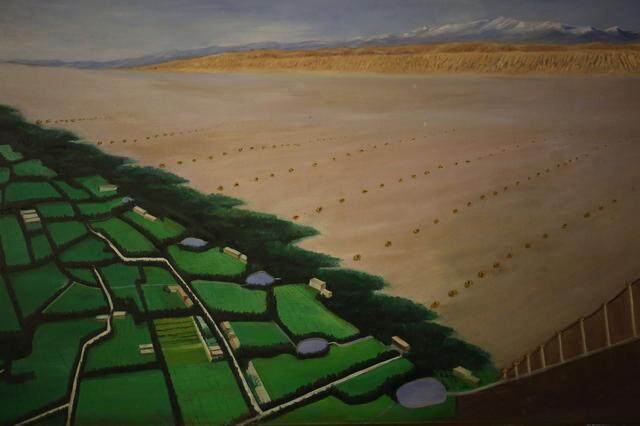
The well channel method was a great creation in the history of world water conservancy. At that time, it was transmitted to the Western Region through the Silk Road. Until today, this method of repairing channels is still used in Xinjiang, China, Central Asia and Southwest Asia. This is the famous “Kaner Well”.
At the end of the Western Han Dynasty, the Yellow River floods lasted for more than 60 years. In the Eastern Han Dynasty, Han Ming, the emperor of the water conservancy project, presided over the river. Wang Jing relies on the power of hundreds of thousands of people to build the Yellow River embankment on the one hand, and to renovate the channel of the canal on the other hand, and to build a new canal. Since then, the Yellow River has not had a major overhaul and diversion in the early years of the Northern Song Dynasty. Therefore, there is a saying that "Wang Jingzhi River, the millennium has no problem."
One of the characteristics of water conservancy during the Wei and Jin Dynasties was the importance of the western polders. During the war in the north, immigrants moved westward along the Hexi Corridor, which had a certain impact on the development of local farmland water conservancy. The murals unearthed in the Weijin tombs in the northeastern Xincheng District of Jiayuguan City vividly depict the scenes of mulberry cultivation, cultivation, well drinking, cattle farming, shooting birds and rumors, reflecting the prosperity of the Western Region at that time.
During the period from the Three Kingdoms to the Southern and Northern Dynasties, the Yellow River floods became increasingly serious, and the population of the Central Plains moved southward. In the relatively stable southern regime, the water conservancy has developed rapidly, and the world's highest earth-rock dam project, Fushan Mountain and the world's first arched dam, Tongjiyu, emerged.
Fushan Mountain is a barrage dam built on the Huaihe River during the Southern and Northern Dynasties. It is the first large barrage for military water attack in the history of the Huaihe River. It was also the highest earth-rock dam project in the world at that time. The project was built by Emperor Wu of the Emperor for competing with the Northern Wei Dynasty for Shouyang (now Anhui Shou County). It is estimated that its main dam is 30 to 40 meters high, and the water area is more than 6,700 square kilometers. The total water storage capacity is over 10 billion cubic meters. The main dam of Fushan Mountain is about 2 million cubic meters. The dam height is often the most direct performance of the technical level of water conservancy engineering. The earth dams of foreign countries only broke through the height of 30 meters until the 12th century, more than 600 years later than the floating mountains.
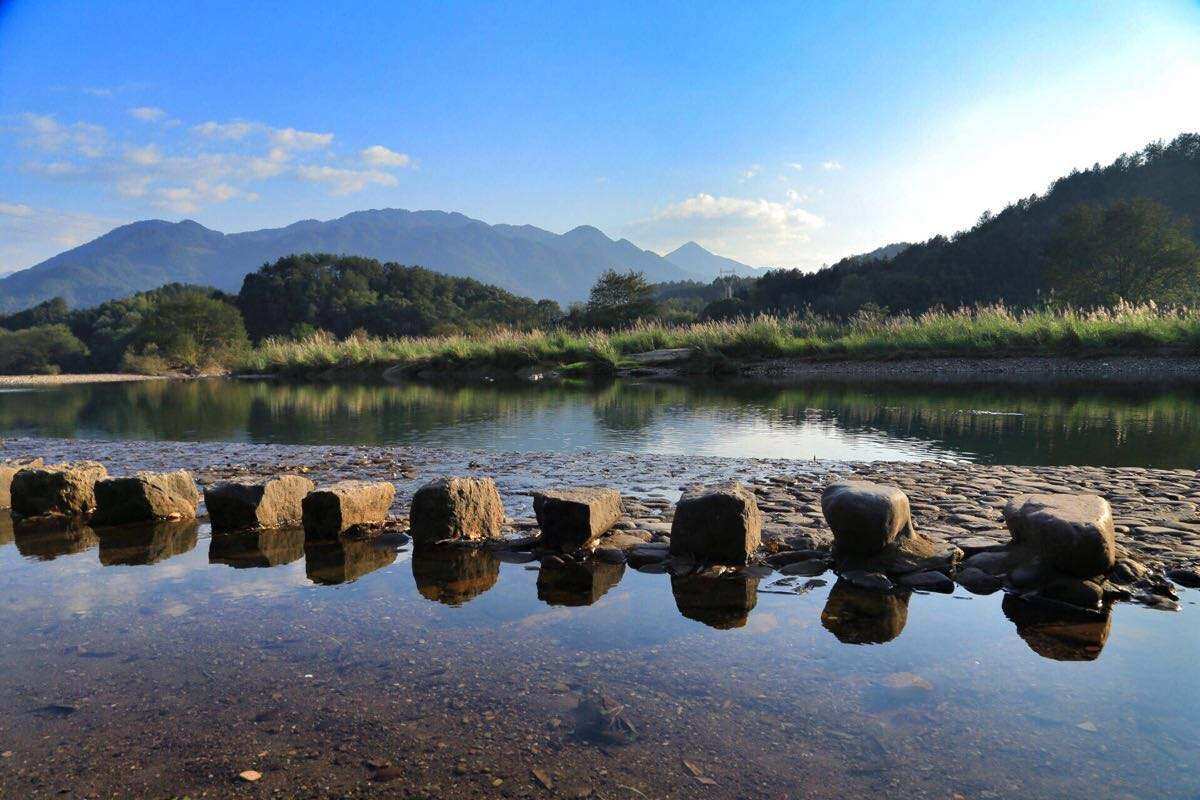
Tongjiyu is the earliest known arched barrage in the world. It is located in Lishui, Zhejiang Province. It has a history of 1,500 years and is the oldest large-scale water conservancy project in Zhejiang Province. It is known in China and even in the history of international water conservancy. A pioneering work.
Tongjiyu is a water conservancy system with both main irrigation and drainage. The channel is distributed in bamboo branches. It consists of three parts: main canal, branch channel and Maoqu. There are 321 large and small branches and canals in the main channel. The lake plain has enabled tens of thousands of acres of farmland on the plain to be protected from drought and flood, and it still benefits the local people. During this period, in the aspects of agricultural technology and hydrogeography, there were such handed down works as Qi Min Yao Shu and Shui Jing Zhu.
"Qi Min Yao Shu" is a comprehensive agronomic work written by the Northern Wei agronomist Jia Sizhen. It is the earliest complete agricultural book in China and one of the earliest monographs in the history of agronomy in the world. The book system summarizes the agricultural production in the middle and lower reaches of the Yellow River before the 6th century, and is known as the "Ancient Chinese Agricultural Encyclopedia". The book records more than 20 kinds of agricultural tools and a fairly complete and reasonable irrigation and drainage system, which greatly improved the effectiveness of agricultural irrigation at that time.
"Shui Jing Zhu" is a famous ancient Chinese geography. The author is the Northern Wei Dynasty. "Shui Jing Zhu" is named after the "Water Sutra". The book contains more than 1,000 rivers and related historical sites, related figures and myths and legends. It is the most comprehensive and systematic comprehensive geography in ancient China. The book, which has a comprehensive record of rivers, rivers, historical hydrology, lakes and agricultural geography. Editor / Zhao Jing
Comment
 Praise
Praise
 Collect
Collect
 Comment
Comment
 Search
Search



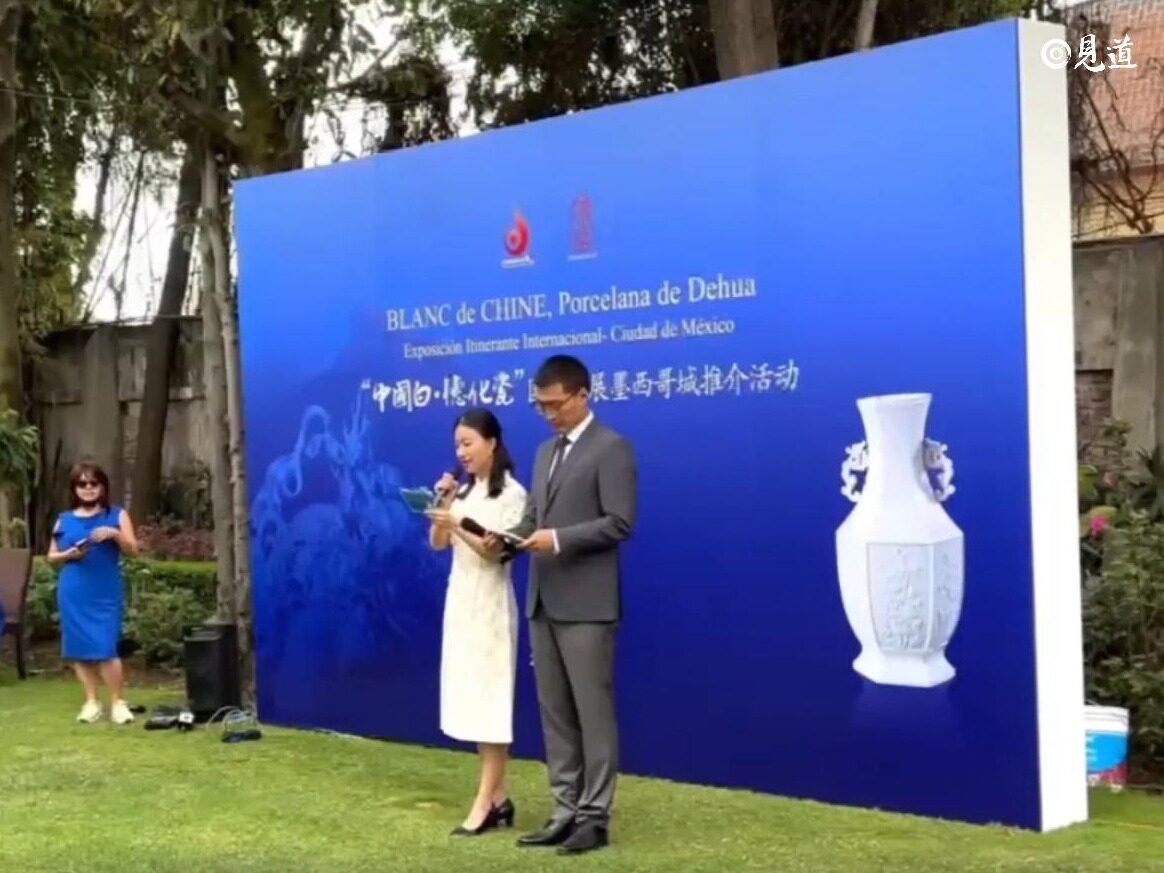

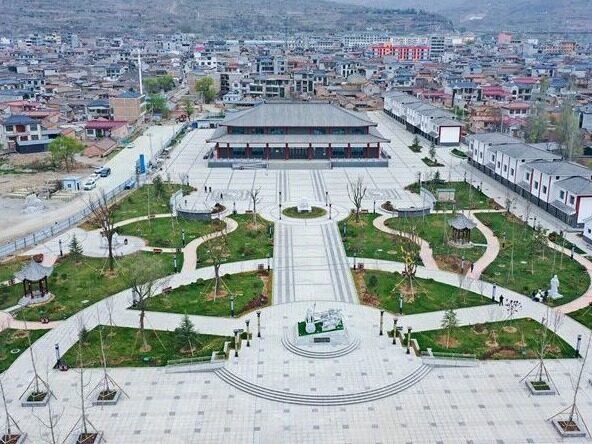

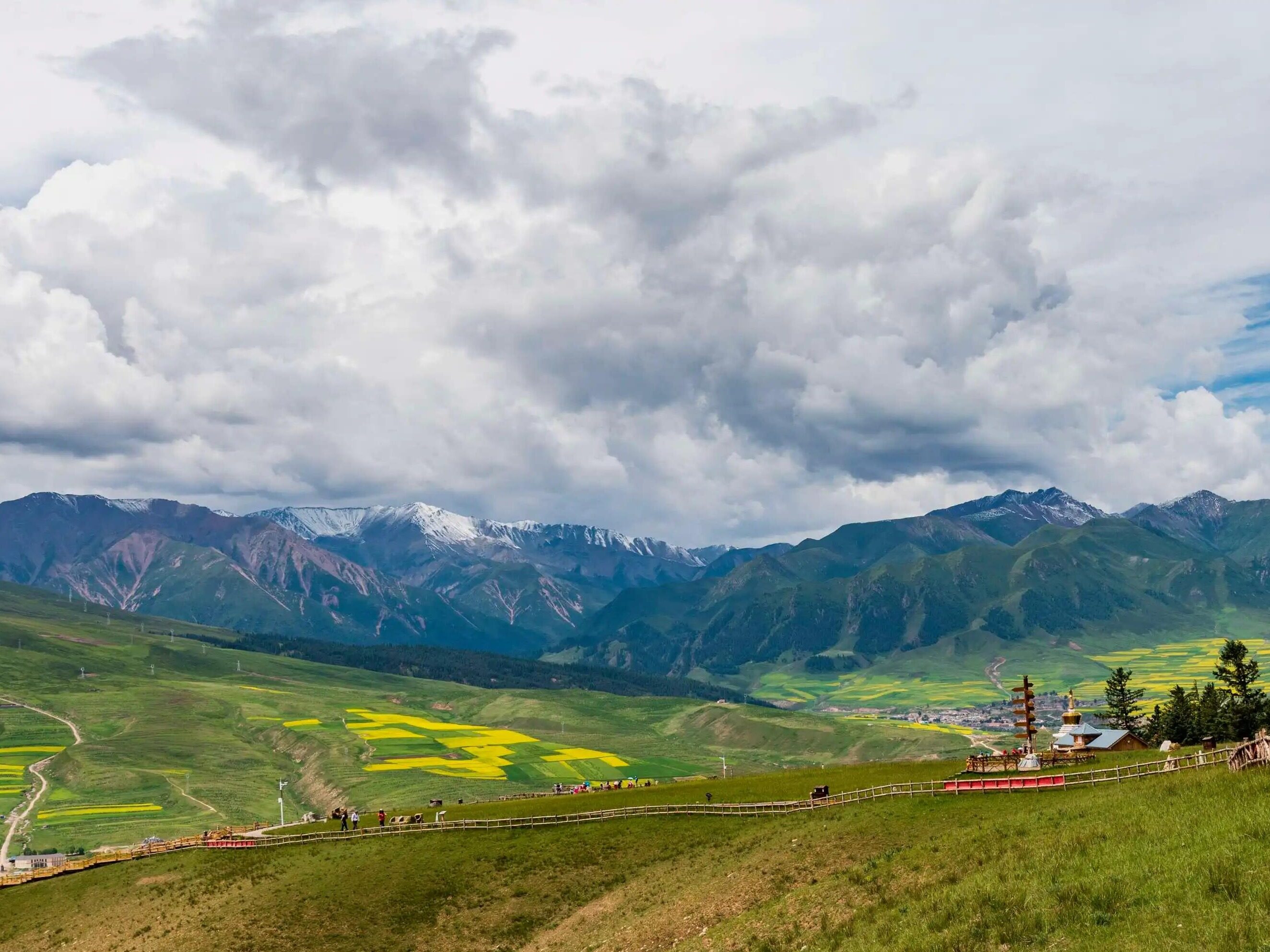






Write something~